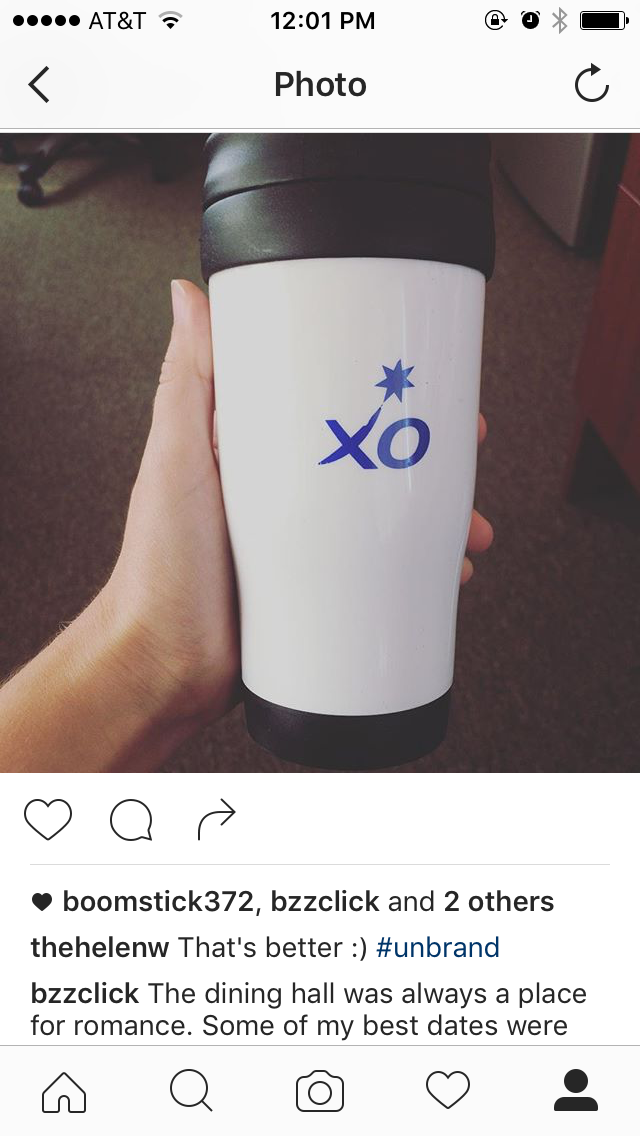Getting reusable stuff is expensive. It takes companies a lot more time and resources to create something durable, well made, and ethically made than it does to create a one-time-use item. They also realize that there’s probably a set number of items that they will sell because you won’t continually have to buy new items to replace the thrown-out items. This is why Apple and IKEA build products with an expiration date.
Of course, reusable stuff saves you money in the long run. The most helpful reusable objects mean that you’re not buying a ton of disposable objects on a regular basis (i.e. handkerchiefs replace tissues, dishtowels replace paper towels, metal safety razors replace disposable plastic razors, etc.)
However, when you’re trying to make ends meet long term savings may not be top-of-mind. You can help curb overspending early in your zero waste journey by:
Using What You Already Have
Yes, even if it’s plastic. I know that all the big Zero Waste Gurus will tell you to purge your life of all Evil Plastic, but I make an exception when it’s (a.) reusable and (b.) something I use on a daily basis (Fig. 1). And here’s the hardest thing for me: use it even if it’s ugly. It’s easy to get caught up in the Minimalist aesthetic, but if you already have a bunch of ugly cloth bags you bought at Aldi’s or picked up at a trade show, don’t get rid of them and buy newer, prettier, bags. At least not until you have the funds to do so.
Prioritizing
Watching swap videos on YouTube or considering suggested items off Plastic-Free online stores are dangerous areas for impulse buying. Make a list of what you need and want and buy the most important or influential objects first.
For me, “most important” means either (a.) things that will immediately and severely decrease my waste, like a reusable produce bag or (b.) things that will save me money in the long run (I don’t have to pay for plastic bags at the grocery store, but I do have to pay for tissues at my desk). Then set limits for yourself. I try not to buy more than one or two items a month unless I can get more for the total cost of $50 (that’s when you get free shipping on Amazon).
Researching Before Buying
Buying reusable items is an investment, so educate yourself. Look at customer reviews, compare products and brands, and make sure there isn’t a better alternative in your price range.
Replacing As You Go
Don’t buy everything all at once. For instance, I plan to use up all my plastic razors before I buy a reusable one. Replacing as you go spreads the upfront costs out a little more and gives you the opportunity to replace harmful plastic with glass, metal, wood, or other materials over time.
Buying Used Whenever Possible
Glass jars? Buy them at Goodwill. Menstrual cups? You probably want to buy those new.
That’s All the Time I have Today, Folks
Stay tuned for more tips and tricks, hacks and hats coming your way.
